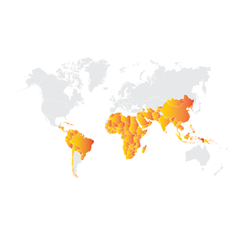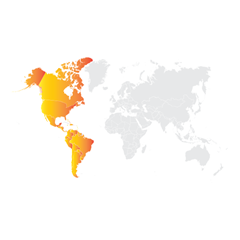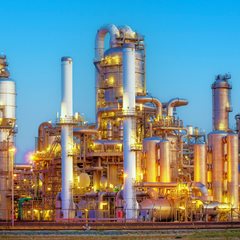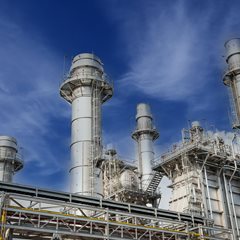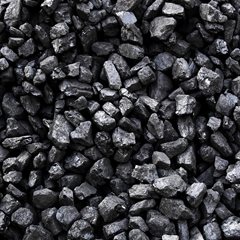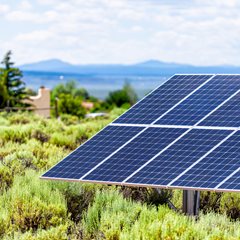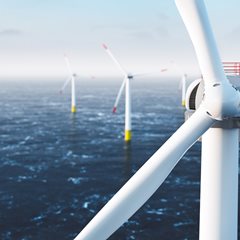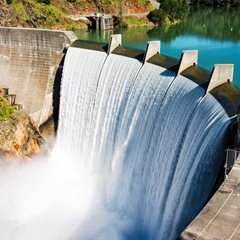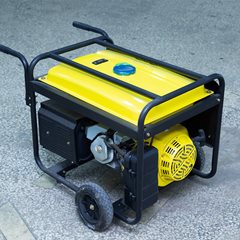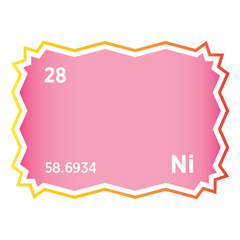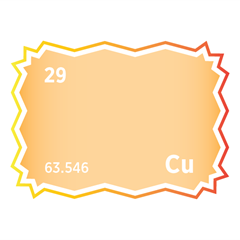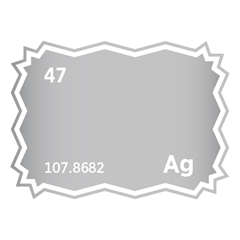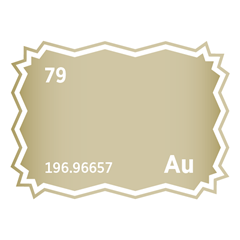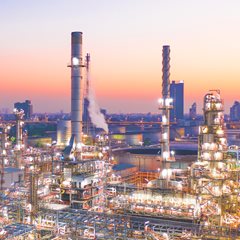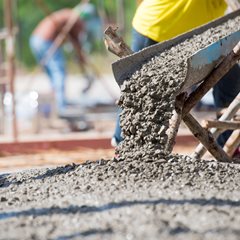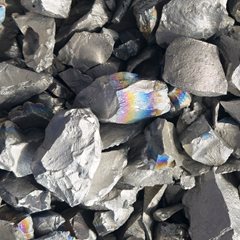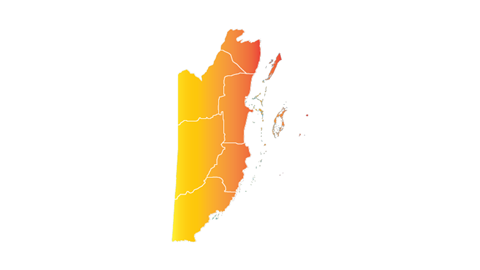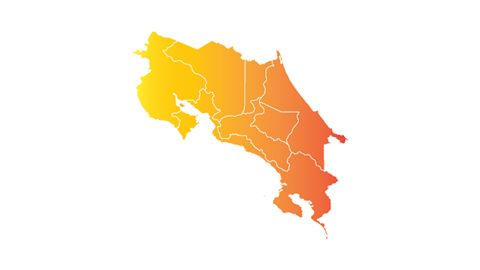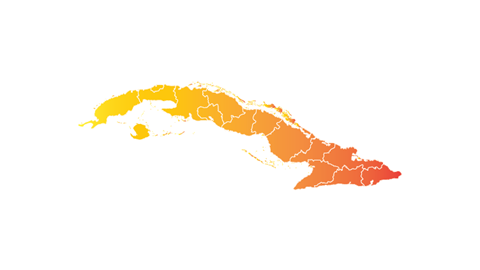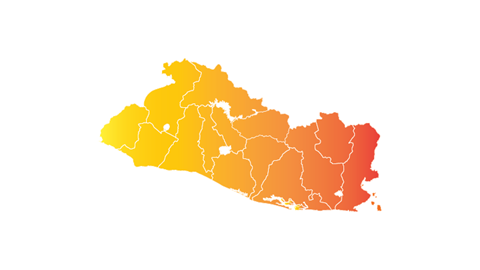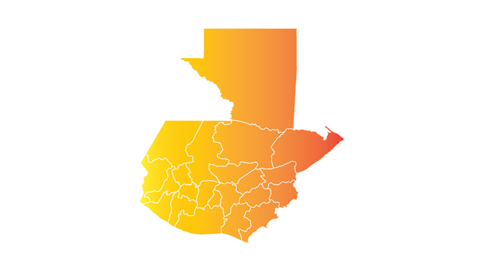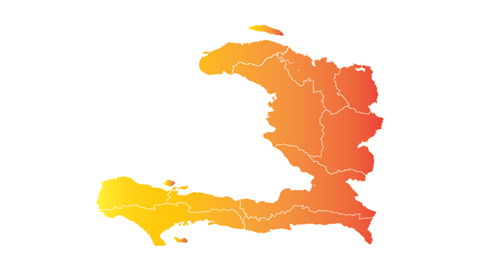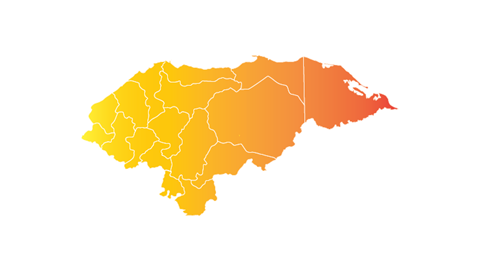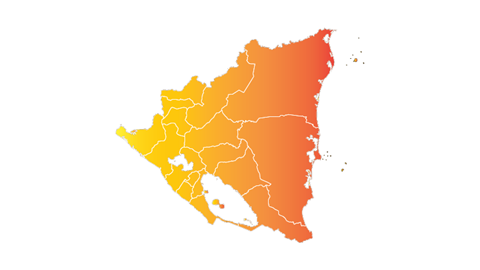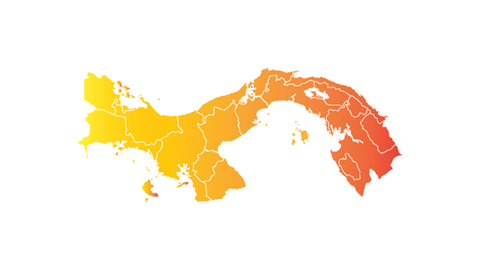Dominican Republic
Critical minerals, policy, and the energy transition
The Energy Transition in the Dominican Republic
The Dominican Republic’s energy transition is driven by national efforts to diversify its energy mix, reduce fossil fuel imports, and increase renewable energy capacity to support economic growth and energy security. The country’s current energy mix remains heavily reliant on petroleum and natural gas, though significant strides have been made in solar, wind, hydroelectric, and biomass generation. The National Energy Pact and the Electricity Sector Law 125-01 provide the regulatory framework for renewable development, with the government targeting 25% renewable energy generation by 2025. The Dominican Republic is home to some of the Caribbean’s largest wind farms, such as Los Cocos and Larimar, and expanding solar PV projects supported by private investment and international financing. While the country has a mining sector with production of nickel, gold, silver, and ferronickel, there is limited direct alignment between domestic mineral extraction and renewable technology supply chains. Imports remain essential for critical minerals like lithium, cobalt, and rare earth elements required for battery storage and green technologies. Key challenges include grid modernisation, hurricane risks, and regulatory bottlenecks, while opportunities lie in renewable scaling, climate finance, and regional energy cooperation. The Dominican Republic’s renewable energy momentum and active investment climate position it as one of the Caribbean’s leading markets for clean energy transition.
Dominica's international economic, trade, and security alliances
Dominican Republic's energy and power mix
Energy Raw Materials and products produced in the Dominican Republic
Essential minerals production and products in the Dominican Republic
The journey of Central America and The Caribbean's critical minerals
Central America's progress in renewable energy is anchored on essential minerals like lithium, nickel, cobalt, PGMs, rare earths, and minor metals. These are crucial for advancing low carbon and future technologies, backed by policies promoting sustainable mining and innovation. This strategy emphasizes the significance of these minerals in paving the way toward a sustainable and energy-secure future. Learn how these critical minerals are fundamental to Central America's transition to sustainable energy.




Meet the Critical Minerals team
Trusted advice from a dedicated team of experts.

Henk de Hoop
Chief Executive Officer

Beresford Clarke
Managing Director: Technical & Research

Jamie Underwood
Principal Consultant

Dr Jenny Watts
Critical Minerals Technologies Expert

Ismet Soyocak
ESG & Critical Minerals Lead

Thomas Shann Mills
Senior Machine Learning Engineer

Rj Coetzee
Senior Market Analyst: Battery Materials and Technologies

Franklin Avery
Commodity Analyst

How can we help you?
SFA (Oxford) provides bespoke, independent intelligence on the strategic metal markets, specifically tailored to your needs. To find out more about what we can offer you, please contact us.


